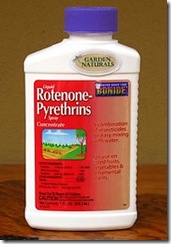 I finished my read of the Yellowstone Lake plan the Park recently published for comment. In it they specify the need to remove invasive Lake Trout and restore the native Yellowstone Cutthroat.
I finished my read of the Yellowstone Lake plan the Park recently published for comment. In it they specify the need to remove invasive Lake Trout and restore the native Yellowstone Cutthroat.
Sure enough, our pal Rotenone coupled with gill netting will be the preferred fish killing method, gill nets deployed by a vendor in the lake proper, and follow-up chemical work for all the tributaries that lack some natural barrier to upstream migration.
I find it surprising that Fish & Game hatchery theory is predicated on us happy anglers killing our limit, but whenever they need to lay waste to a watershed – they never invite us to help ..
Rotenone effects both fish and invertebrates in largely the same way, especially prone are gill-bearing insects that derive oxygen from the water via beating of gills. Naturally that includes everything trout eat, so when the florescent green nasty finally is dissipated by a couple of sacks of Potassium Permanganate, it’ll leave a stream or lake mostly empty of life.
Despite Rotenone having been our chemical mainstay for fish killing for nearly 50 years, but very little science exists on the effects of rotenone on surrounding flora and fauna.
Some of that science is bubbling up unbidden given its linkage to Parkinson’s Disease. Likely making a lot of fellows at fish & game nervous and thinking of transfer from the chemical division back to enforcement …
While that topic is hotly debated, what papers we could find on Rotenone suggests that years are necessary before a stream returns to its historic insect populations, and some streams never return to their pre-poisoning levels.
Why is it so important? Because its use is on the rise given that we’re having to defend both shores and the interior from invasives. Running a multi-day slug of toxic killing agent through most of the tributaries and canals hosting an invasive critter is liable to intersect with drinking water and kids splashing merrily, and if they haven’t baked all that science thoroughly we all could be walking through Love Canal too – the Sequel.
The good news is that now that we no longer care about spotted owls, we can always park some Claymores around the last drizzle of water containing Tricorythodes … then camp in the fast water insisting we won’t budge in between fits of our teeth chattering.


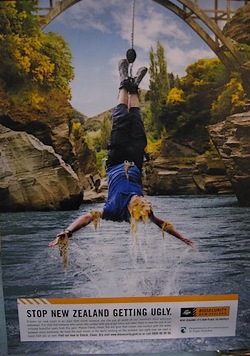 The
The 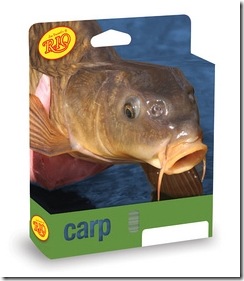 Dire news on climate change suggests that Western US and particularly the Yellowstone basin are already in the grip of a warming trend, and warming quicker than the rest of the continental US.
Dire news on climate change suggests that Western US and particularly the Yellowstone basin are already in the grip of a warming trend, and warming quicker than the rest of the continental US.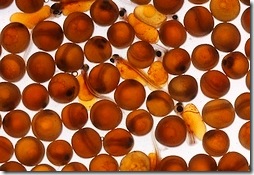 It appears that budget shortfalls and emphasis on belt tightening may have exposed the soft white underbelly of the “put and take” fishery. With both federal and state budgets being carved of fat, and desperate to avoid too deep cuts to the remaining muscle, a combination of license hikes and the systematic redirection of conservation funds may result in a lot less fish for your local creeks.
It appears that budget shortfalls and emphasis on belt tightening may have exposed the soft white underbelly of the “put and take” fishery. With both federal and state budgets being carved of fat, and desperate to avoid too deep cuts to the remaining muscle, a combination of license hikes and the systematic redirection of conservation funds may result in a lot less fish for your local creeks.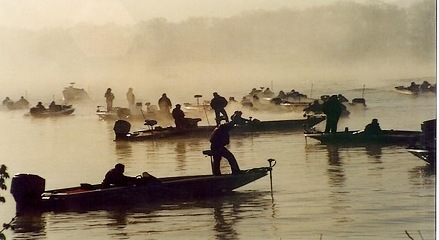

 Now that Canadian researchers have
Now that Canadian researchers have  It’s akin to Ponce De Leon traveling up the isthmus of South America and into Mexico lured by the tales of a city of gold. Surviving disease and pestilence, angry Indians and ritual sacrifice – and with the payoff in sight, he sees the dust of Sir Francis Drake making off with everything.
It’s akin to Ponce De Leon traveling up the isthmus of South America and into Mexico lured by the tales of a city of gold. Surviving disease and pestilence, angry Indians and ritual sacrifice – and with the payoff in sight, he sees the dust of Sir Francis Drake making off with everything.